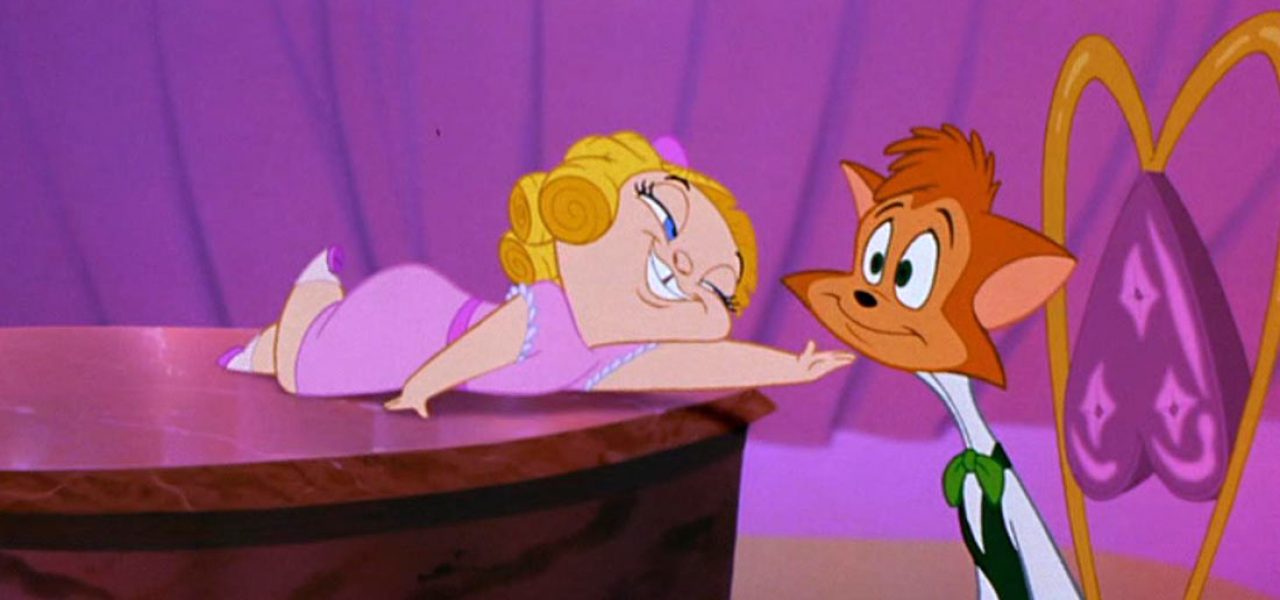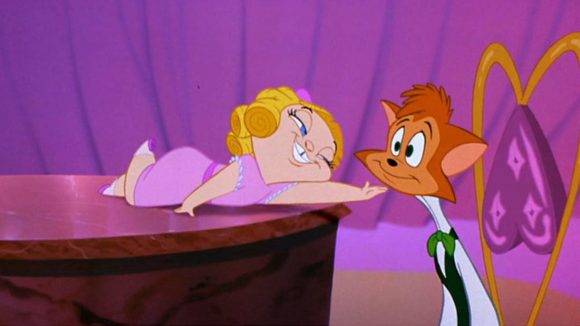

On ‘Cats Don’t Dance,’ Eric Goldberg, And The Difference Between Watching and Seeing Cartoons
If you can find a spare 15 minutes, this thoughtful animation analysis of the 1997 musical comedy Cats Don’t Dance is worth your time:
There’s nice insights throughout, but one of the most useful pieces of information comes toward the end of the video when video creator Marc Hendry talks about what compelled him to make this animation analysis video in the first place (he’s also done other ones, like this one on Dumbo).
Hendry explains that a while back he posed this question to Disney animators through a Facebook page: What questions should an animator ask when studying another animator’s work? Contemporary master Eric Goldberg wrote him back with this list of things he asks himself when studying animation:
- How are the different attitudes expressed using the entire body?
- What kind of shape design is used to graphically support the idea of the pose?
- How are secondary items like hair and cloth, used to support the overall design and movement?
- What kind of shape manipulation is going on, particularly in the face, to better feel the expressions and lip-synch?
- What’s a key, what’s a breakdown, and what’s an inbetween?
- How are internal and external features defined in the animation? (What’s hard bone, what’s fat, what’s muscle, what’s loose hanging flesh, what’s squishy, what isn’t?)
- How is the use of one or two frames of distortion effective in defining the action?
Goldberg is basically explaining the difference between the passive act of watching cartoons and the active task of seeing cartoons. Seeing transforms the viewer into a student; as a student, one analyzes the choices that were made by the artist and tries to understand why a piece of animation looks and feels the way it does.
When John Kricfalusi taught me this approach during my first ‘tour’ at Spumco in the late-1990s, I learned that seeing requires a substantial investment of time and patience. I often sat with pencil in hand, working to figure out how something was created. It could be frustrating, like spending an entire week drawing and redrawing a single model sheet by animator Irv Spence, struggling to understand how he employed the concepts of line of action, staging, contrast, balance, and silhouette in his drawings. Looking back, however, slowing down forced me to pay attention, and the tools I was given for seeing animation were perhaps the most valuable asset I took away with me from my time at the studio.
On the Internet, it seems that plenty of people watch animation, but few people actually see it. Yesterday on Facebook and Instagram, we posted some hand-drawn pencil tests from Kubo and the Two Strings which elicited an enthusiastic response and tens of thousands of views. Yet, among the hundreds of people who commented about how much they liked it, not a single person bothered to explain why they actually liked it beyond offering up hollow adjectives like ‘fluid.’ Online platforms, with their algorithms that deliver new content continuously, discourage thoughtful consideration of the animation being presented to us, while limited word counts on platforms like Twitter eliminate the opportunity for deeper discussion of the art, inviting the yay or nay crowd to take over, no questions asked.
This isn’t a gripe about the internet though, because on this very internet, Marc Hendry has taken his time to share his understanding of animated films through detailed video analyses. His videos, and Goldberg’s questions, serve to remind us that there might be more to learn about animation by asking questions about what we watch than rushing to offer judgement on it.

.png)